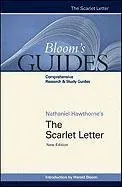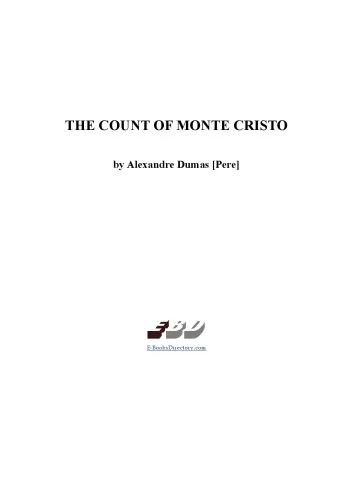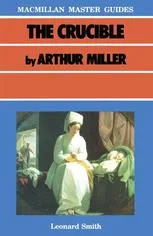Nathaniel Hawthorne's The Scarlet Letter (Bloom's Guides)
3.6
Reviews from our users

You Can Ask your questions from this book's AI after Login
Each download or ask from book AI costs 2 points. To earn more free points, please visit the Points Guide Page and complete some valuable actions.Related Refrences:
Persian Summary
Introduction
Nathaniel Hawthorne's The Scarlet Letter remains an influential classic over a century and a half after its initial publication in 1850. With its themes of sin, punishment, and redemption, this novel paints a vivid picture of the rigid and oppressive Puritan society in which it is set. The Scarlet Letter not only mirrors the struggles of its characters but also reflects the complexities of the human spirit. This guide seeks to provide an in-depth understanding of Hawthorne's masterful work and offer readers a comprehensive literary analysis curated by Harold Bloom, an esteemed critic and teacher.
Detailed Summary of the Book
Set in 17th-century Massachusetts Bay Colony, The Scarlet Letter tells the story of Hester Prynne, a woman condemned by her community for committing adultery. Forced to wear the scarlet letter 'A' as a mark of her sin, Hester faces public shaming while raising her illegitimate daughter, Pearl. Encapsulated in a milieu of severe Puritanical ethics, her tale is one of endurance in a community quick to judge and slow to forgive.
The novel delves into the complexities of guilt, focusing on Hester’s struggle for dignity. Her secret lover, Reverend Arthur Dimmesdale, grapples with his own torment and fear of exposure, leading to inner turmoil and eventual tragedy. Meanwhile, Hester’s husband, who takes on the name Roger Chillingworth, seeks revenge and becomes obsessed with uncovering her partner in sin. As the story unfolds, Hawthorne investigates themes of identity, stigma, and personal resilience, unraveling the hypocrisies of societal norms.
Key Takeaways
- The permanence of guilt and the possibility of redemption are central to the human condition.
- Hawthorne critiques society's tendency to place moral codes above empathy and individualized understanding.
- Symbolism plays a significant role throughout the book, most notably through the scarlet letter 'A', which shifts in meaning from 'adultery' to 'able' over time.
- The novel highlights how personal strength or weakness in response to adversity shapes individual destinies.
Famous Quotes from the Book
"It is to the credit of human nature, that, except where its selfishness is brought into play, it loves more readily than it hates."
"We dream in our waking moments, and walk in our sleep."
"She had not known the weight until she felt the freedom."
Why This Book Matters
The Scarlet Letter is more than a story of crime and punishment; it's a profound exploration of societal values and personal integrity. Through its complex characters and moral dilemmas, the book ignites discussions on issues still relevant today, such as gender roles, psychological oppression, and the meaning of repentance. Hawthorne’s nuanced portrayal of Hester Prynne offers a narrative that is both a product of its time and timeless. The masterful use of symbolism and rich character development ensures that the novel remains a cornerstone in the study of American literature.
This guide meticulously examines these critical aspects, empowering readers to appreciate Hawthorne's artistry and the enduring impact of The Scarlet Letter. An insightful approach curated by Harold Bloom equips scholars and literary enthusiasts alike with enriched perspectives on this compelling narrative.
Free Direct Download
You Can Download this book after Login
Accessing books through legal platforms and public libraries not only supports the rights of authors and publishers but also contributes to the sustainability of reading culture. Before downloading, please take a moment to consider these options.
Find this book on other platforms:
WorldCat helps you find books in libraries worldwide.
See ratings, reviews, and discussions on Goodreads.
Find and buy rare or used books on AbeBooks.
1470
بازدید3.6
امتیاز0
نظر98%
رضایتReviews:
3.6
Based on 0 users review
Questions & Answers
Ask questions about this book or help others by answering
No questions yet. Be the first to ask!
















